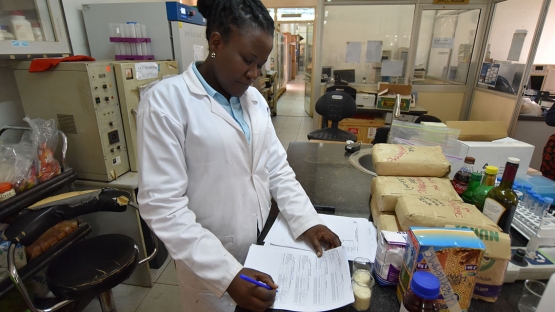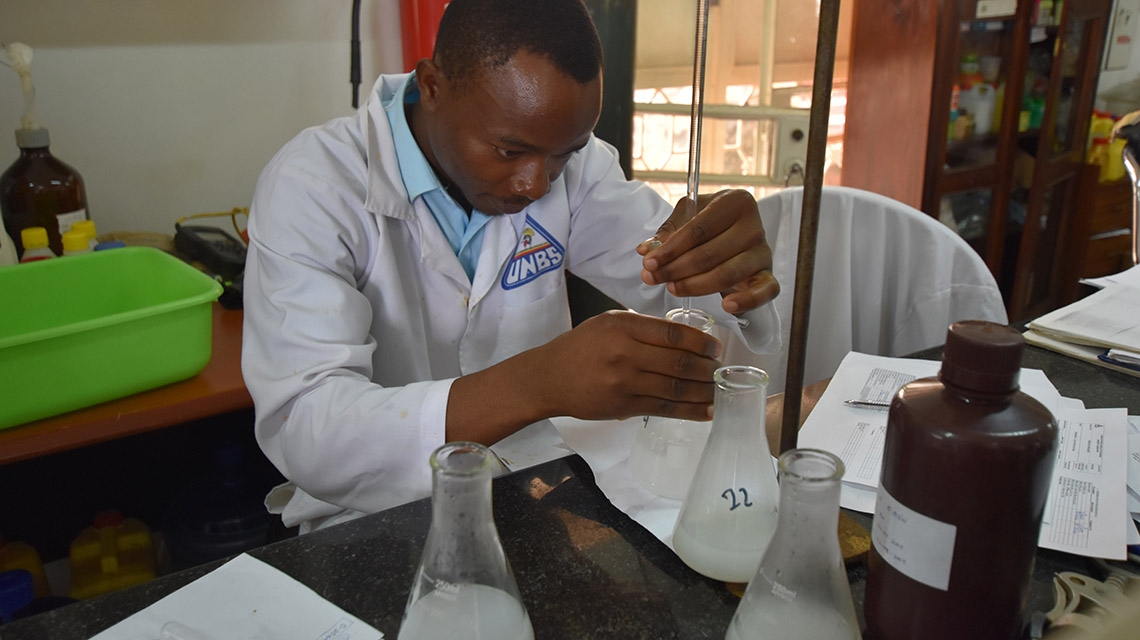Costa Rica is a major exporter of agricultural products and therefore has to comply with a range of food safety-related measures set by importing countries to protect their populations. The measures include international standards, guidelines and recommendations for the production of safe and quality-assured foods. This requires that necessary analytical capacity exists to detect and monitor residues and food contaminants, such as pesticide residues, veterinary drugs or mycotoxins.
In Costa Rica, the IAEA, in partnership with the FAO, has enhanced capabilities of the National Laboratory for Diagnosis and Research in Animal Health (LANASEVE) to screen a wide range of residues and contaminants using radio receptor assay and related techniques, and to confirm the results using isotopic chromatographic and spectrometric tools. These capabilities are not only contributing to the protection of consumers in the country, but also support exports without depending on laboratories abroad. In the past, Costa Rican fish producers used to send 200 samples a year to laboratories abroad for testing, however, LANASEVE can now analyse these in Heredia, north of San José, saving each producer at least €27 000 per year.
Further support is underway. Through the technical cooperation programme, LANASEVE will soon establish capabilities to conduct advanced testing of toxic metals using a tool that enables the analysis of different metal species, including inorganic arsenic and methyl mercury, which are highly toxic to consumers, and might be detected in various food products.
“IAEA’s support has put us in a position where we can analyse traces of a range of residues and contaminants in food and be able to better protect consumers and meet export-market demands,” said Federico Chaverri Suarez, Head of National Directorate of Veterinary Drugs at the National Animal Health Service (SENASA), which oversees LANASEVE.







